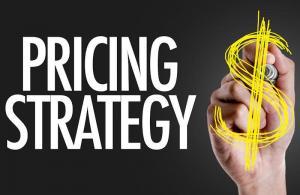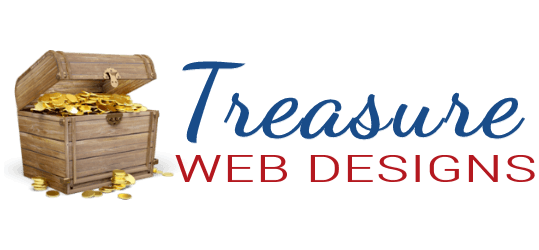 Product pricing can be challenging. We often assume that customers are always looking for the best value and make decisions to buy based upon finding the best possible price. This is not always true. Customers often make buying decisions based upon emotions rather than logical thought. Here are seven tips to use when product pricing:
Product pricing can be challenging. We often assume that customers are always looking for the best value and make decisions to buy based upon finding the best possible price. This is not always true. Customers often make buying decisions based upon emotions rather than logical thought. Here are seven tips to use when product pricing:
- More customers will buy one of two products if they have slightly different prices than if they have identical prices. Example: two T-shirts priced at $9.50 and $9.60 will sell better than if they’re both priced at $9.55.
- Customers are more likely to buy a product after being exposed to a more expensive alternative. Offer higher end products for those that want all the bells and whistles. Also offer less expensive versions that do not have all the features.
- Often customers don’t really care that much about price increases until the increase exceeds 10% of the original price.
- Customers are more likely to buy a product if the price is broken into multiple payments (like 3 payments of $50) rather than a single price ($150).
- Customers are more likely to buy if they’re presented with fewer choices.
- Customers are more likely to buy when the options are bundled into a package deal.
- Yes, $999 sells better than $1,000.00. Also, $999 also sells much better than $999.99 because the decimal makes the number seem larger.
- Check to see what your competitors are charging for the same product and service.
Thinking about everything that goes into pricing can make your head spin: competitors, production costs, customer demand, industry needs, profit margins… the list is endless. Thankfully, you don’t have to master all of these factors at once.
Simply sit down, calculate some numbers and figure out what’s most important for your business. Start with what you need, and this will help you pinpoint the right kind of pricing strategy to use.
More than anything, though, remember pricing is an iterative process. It’s highly unlikely that you’ll set the right prices right away. It might take a couple of tries and some research).
